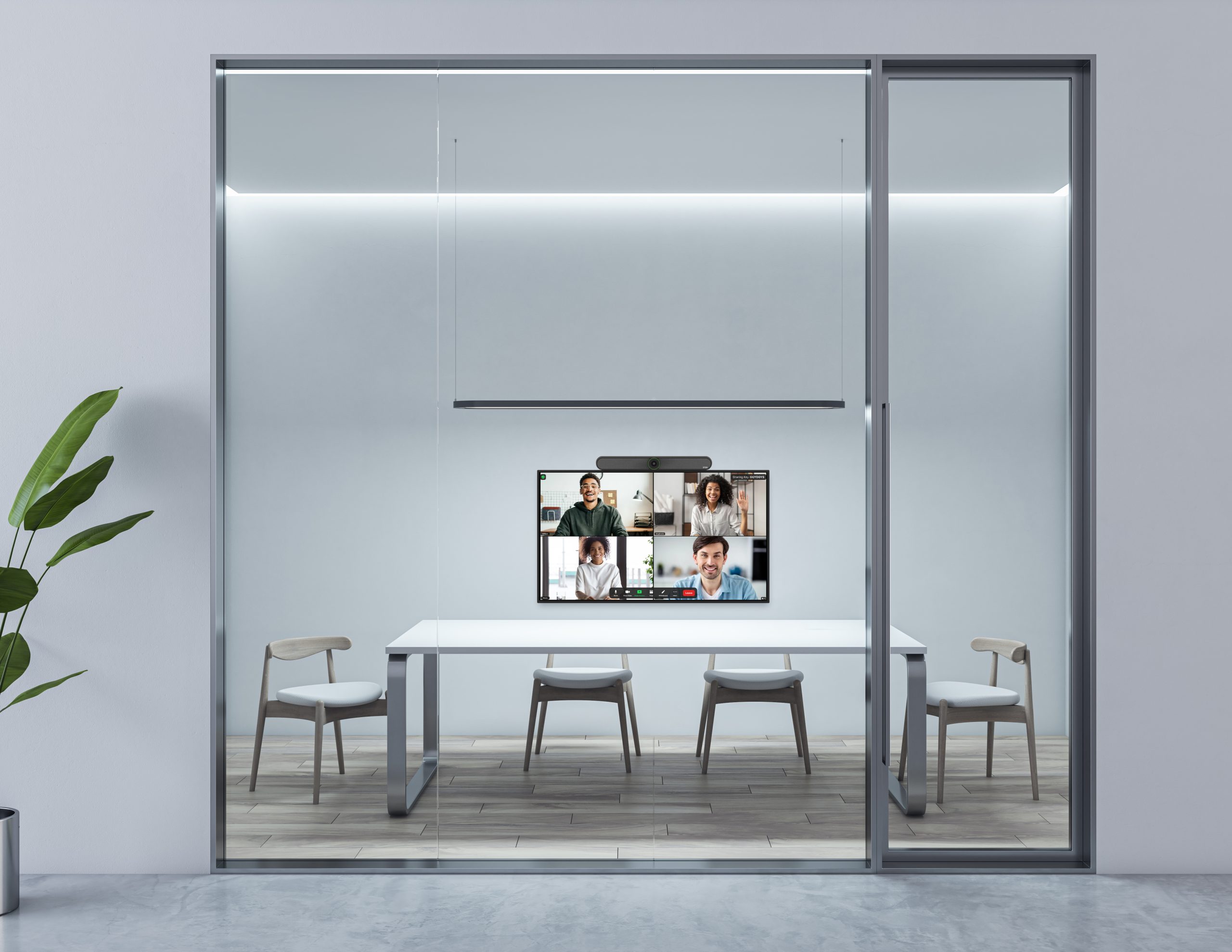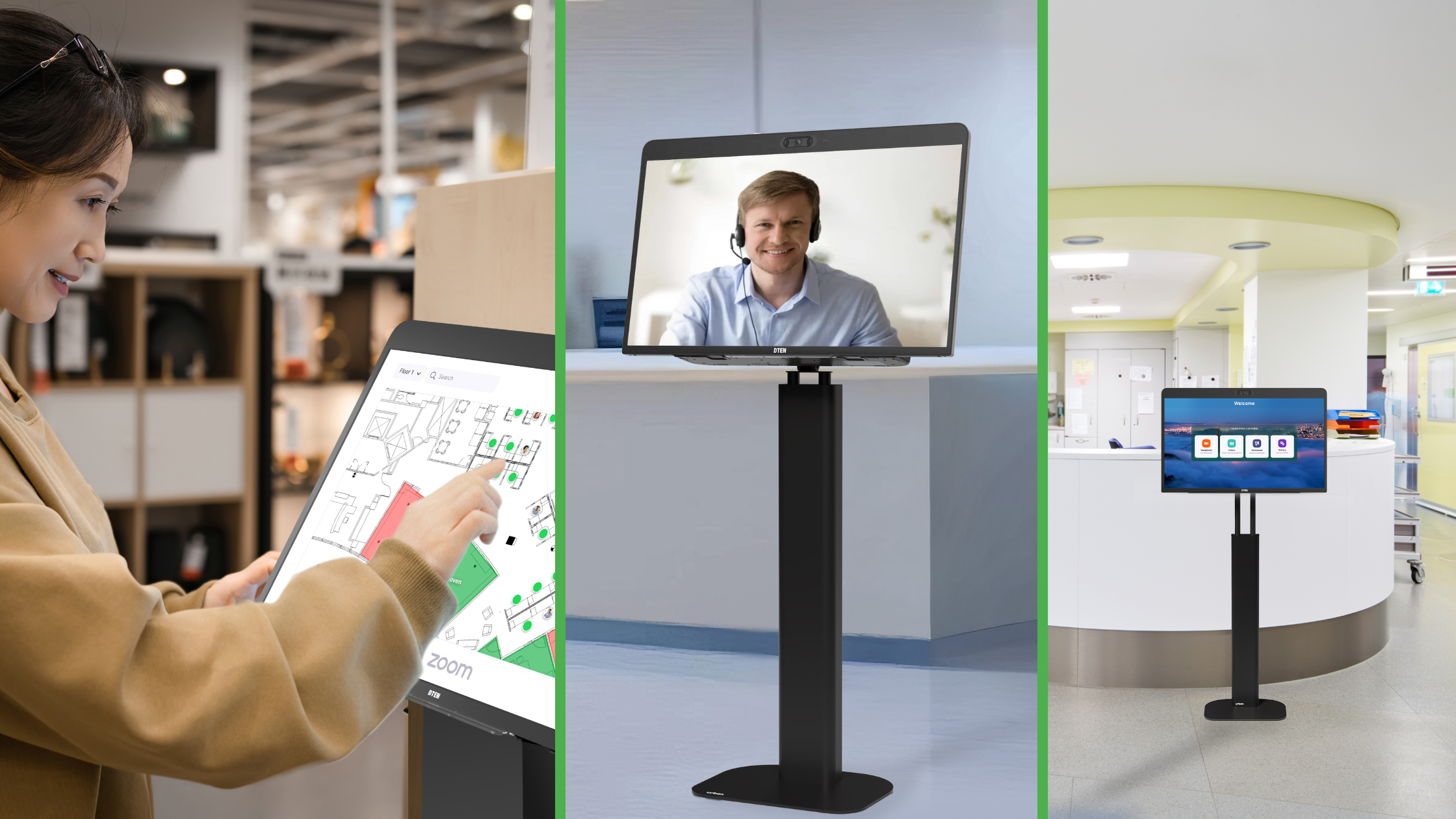Return to Office 2.0: Five Challenges and How to Resolve Them

The future of work is undeniably hybrid. While many companies are embracing flexible arrangements, a significant trend is emerging among Fortune 500 companies: full-time office mandates are on the rise, jumping from 13% to 24% since Q4 2024, according to the latest Flex data. This creates a clear tension. As organizations lean into more rigid policies, they risk overlooking the crucial needs of their hybrid workforce. Bridging this gap and empowering leaders to enhance the everyday experience for these employees will be key to success in this evolving landscape.
Navigating the Modern Return-to-Office Landscape

Recently, we have noticed more companies asking their remote employees to be back in office in a hybrid model. In fact a recent KPMG survey of 1,500 CEOs found that about 64% predict a full return to office model by 2026. However, employees are not delighted about being forced back. The only way to foster trust and connection across the workforce is to invest in a hybrid working model that supports their return-to-office requirements.
Top 5 Return-to-Office Challenges
- Employee Resistance & Desire for Flexibility: Employees value the flexibility, reduced commute, and work-life balance gained from remote work, leading to pushback against rigid RTO mandates.
- Outdated Office Infrastructure: Many offices lack the modern technology (e.g., proper hybrid meeting room setups, reliable Wi-Fi) needed for effective hybrid collaboration, making the office less productive than home.
- Maintaining Culture & Connection: Re-establishing a cohesive company culture and fostering genuine connections among a hybrid workforce can be difficult when not everyone is in the office regularly.
- Leadership Gaps in Hybrid Management: Many leaders are unprepared to effectively manage distributed teams, struggling with “proximity bias,” trust, and ensuring equitable opportunities for all employees regardless of location.
- Optimizing Office Space & Cost: Companies struggle to reconfigure office layouts to support hybrid work, leading to underutilized space or a lack of suitable areas for collaboration, while still bearing significant real estate costs.
The Future of Hybrid Meetings with DTEN

Return to Office (RTO) 2.0 isn’t just about bringing people back to the office; it’s about transforming the office into a destination. It’s about creating spaces employees genuinely choose to use because these environments make their work easier, faster, and more collaborative. When you invest in modern meeting room technology, the benefits ripple across your entire organization.
Explore DTEN Room Solutions and discover how we can elevate your hybrid workplace today!






